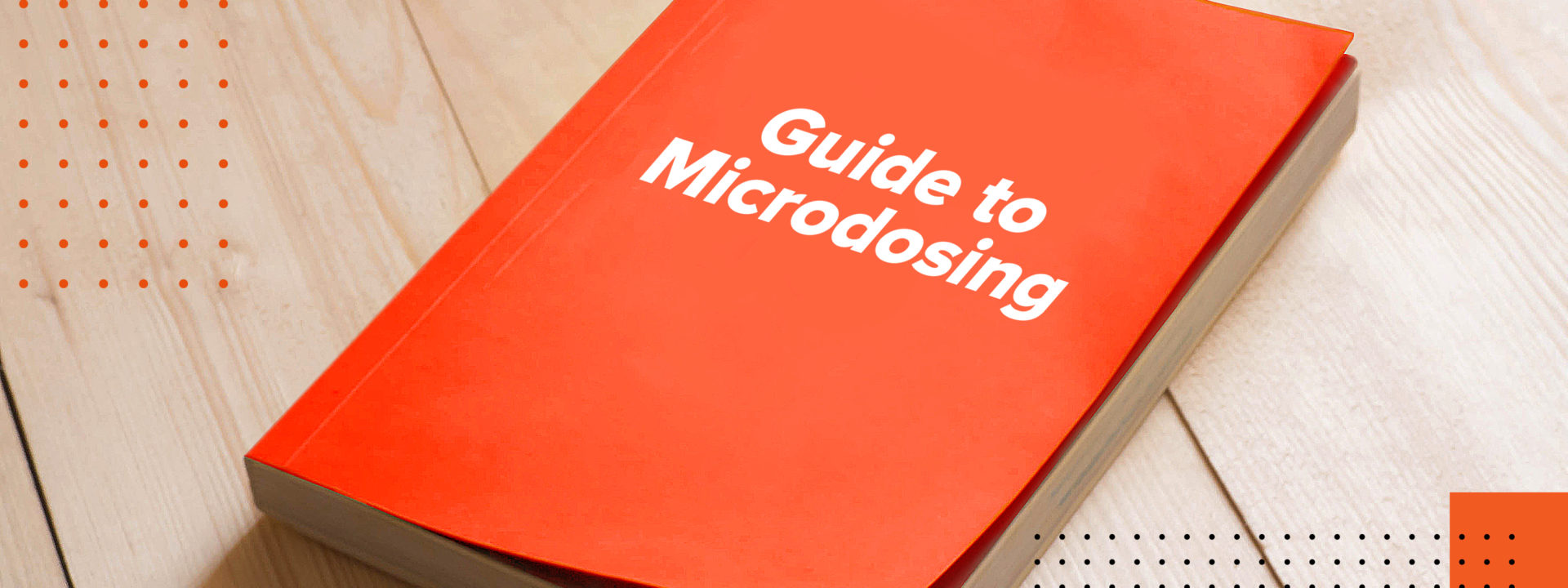Lots of people are still on the fence about using cannabis, among which are those who want the benefits but are not enthusiastic about the psychoactive effects of THC.
If you consider yourself unsure about cannabis, what if we told you there was a way to enjoy it without the feeling of being stoned? Keep reading because the Indiva guide on how to microdose might have something that’s right for you.
What is microdosing?
Microdosing cannabis refers to taking very small amounts of THC (cannabis) periodically throughout the day in order to gain the medical effects of THC while avoiding the often-unwanted psychoactive effects that can get in the way of your busy life. This alternative is great for people who want to use THC but don’t want the high.
Microdosing weed is a good fit for many people because unlike a joint, bong, or dab, all of which will most likely leave you quite stoned, microdosing puts such a small amount of THC into your system that it will likely affect your mood, but not put you down and out on the couch.
What type of product is best for microdosing?
As you know, there’s a wide variety of cannabis products available that are used to deliver THC into your system. There are dried flower products, like joints or bongs, concentrates like shatter, waxes or oils, edible products like chocolates or beverages and a whole lot more. Choosing which type of cannabis that is best for microdosing can be confusing, but as a general rule, you should look at products that allow you to easily control the dosage.
The need to precisely control dosage means that smoking or vaping are not ideal, and you should instead choose to microdose with lab-tested cannabis products like oils, capsules, tinctures, or edibles that provide accurate potency information. (This is where legal cannabis products are perfect because they’ll let you know exactly how strong they are.)
Sublingual products like tinctures, or ingestibles like oil caps and edibles are best, but keep in mind that the latter takes longer for the effects. If you’re looking for immediate relief, a sublingual product will be a better option.
Also, common edibles often present difficulties in getting an accurate dose because, as an example, it’s near impossible to split up a 10mg gummy into 2.5mg portions. There will however be new edibles products available that are designed for microdosing, like chocolates or mints containing very low doses of THC.
If we had our pick, we’d use a full-spectrum sublingual tincture due to its ease of use, quick THC delivery, and accurate dosing, but any ingestible will work great too. All these types of products are available in THC, CBD, or THC/CBD varieties for you to experiment with.
What is the best dosage?
We’ve talked before about how difficult it can be to dose correctly with cannabis, and microdosing is no different in this regard. It is impossible to give a definitive answer to what constitutes the best dosage to use for microdosing because THC affects every person differently. Someone who is experienced with THC may consider 10mg a microdose, while a beginner should only take 2mg. Generally, microdosing means taking between 1-2.5mg of THC and is perfect to get you started.
After that, figuring out your own perfect dose will require some trial and error until you nail down the amount you need to take. Microdosing is very personal and there is no one-dose-fits-all recommendation we can give, so experimentation is always required.
Here’s how to microdose THC
If you’re just starting out with microdosing cannabis, it’s recommended to begin on a day where you have nothing to do, like on the weekend or a holiday. Even though the idea is to not get high, it’s better to see how THC will affect you while at home, rather than at work.
Begin microdosing by consuming between 1 to 2.5 milligrams of your chosen THC cannabis product, like a tincture, an oil capsule, or an edible. You could start anytime, be it first thing in the morning or lunchtime, it doesn’t matter.
Take a single dose (between 1 – 2.5mg) and wait a few hours before repeating the dose. You’ll generally want to take the dosage every few hours during the day, consuming your last dose before you go to sleep at night. Continue to dose at your chosen level for a few days, even if you feel no psychoactive effects. Sometimes the same dosage level can begin to deliver stronger effects after a couple of days. Always pay attention to how you feel and if any type of high kicks in, reduce the dosage.
If you feel fine (no psychoactive effects), then you should try taking a bit more, gradually working your way up until you do feel high. Once you feel some psychoactive effects from the level of dose you’ve consumed, you’ll have found your tolerance threshold and can slightly reduce your dose back down to something which gives you no psychoactive effects.
Remember, even with microdosing, your tolerance to THC may gradually build-up so you should increase your dosage occasionally to see if you can handle more without getting high.
For those of you who are already using cannabis on a regular basis, it’s recommended to take a short break for a couple of days to let your body’s endocannabinoid system reset before you begin microdosing THC, so you can start out with a clean slate.
In conclusion
Microdosing is still a relatively new phenomenon in the world of cannabis consumption, but it’s something that has mass-appeal and could work well for many people who would normally not consider using cannabis. Right now, the biggest challenge is finding suitable consumables (for accurate dosing), but we should be seeing lots of additional products directed specifically at microdosing once edibles and concentrates become legal for sale.
